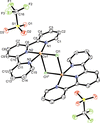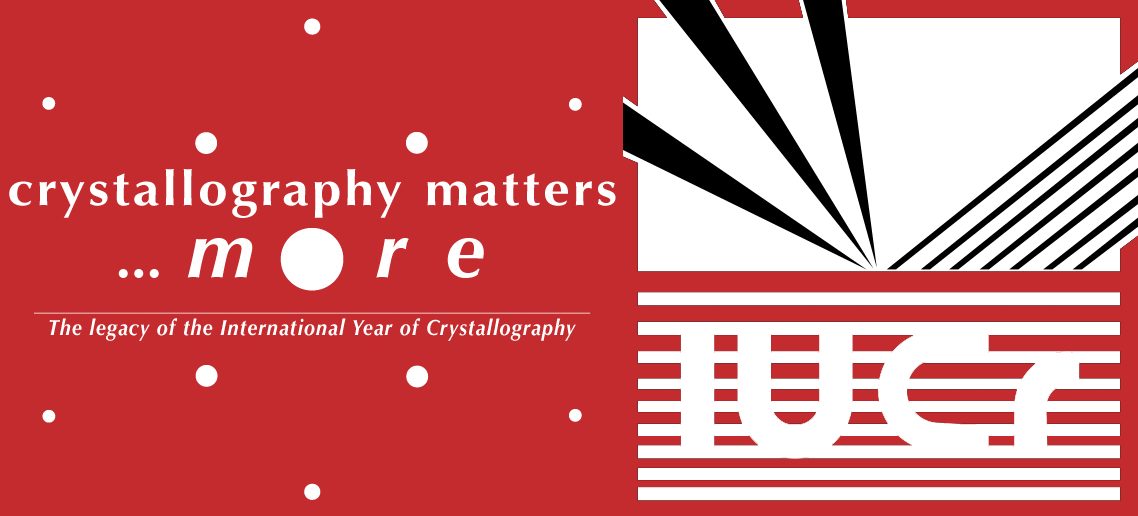issue contents
October 2021 issue

Cover illustration: The single-crystal structure of 1,3,5-trifluoro-2,4,6-triiodobenzene–piperazine (2/1) features a moderately strong halogen bond between one of the three crystallographically distinct iodine atoms and the nitrogen atom. The iodine–nitrogen distance is 2.820 (3) Å, corresponding to 80% of the sum of their van der Waals radii. The C—I⋯N halogen bond angle is 178.0 (1)°, consistent with the linear interaction of nitrogen via a σ-hole opposite the carbon–iodine covalent bond. The other two iodine atoms do not engage in halogen bonding. Some weak C—H⋯F and C—H⋯I interactions are also observed. See: Hajjar, Ovens & Bryce [IUCrData (2021). 6, x210951].
metal-organic compounds


 access
access

 access
access

 access
access

 access
accessorganic compounds


 access
access

 access
access

 access
access

 access
access

 access
accessaddenda and errata
 access
access

 journal menu
journal menu





















![[publCIF]](/logos/authorchecklist11.gif)





